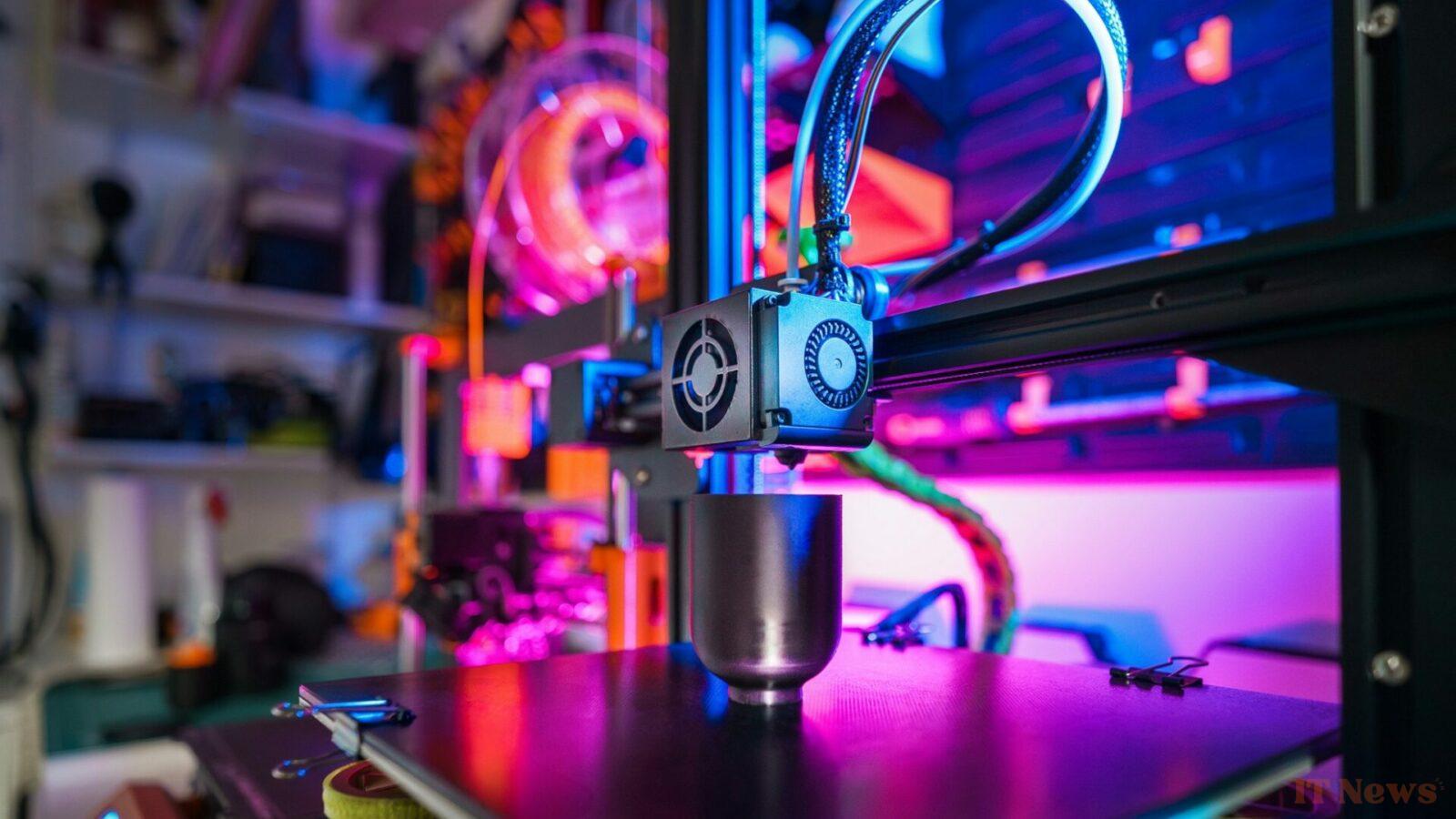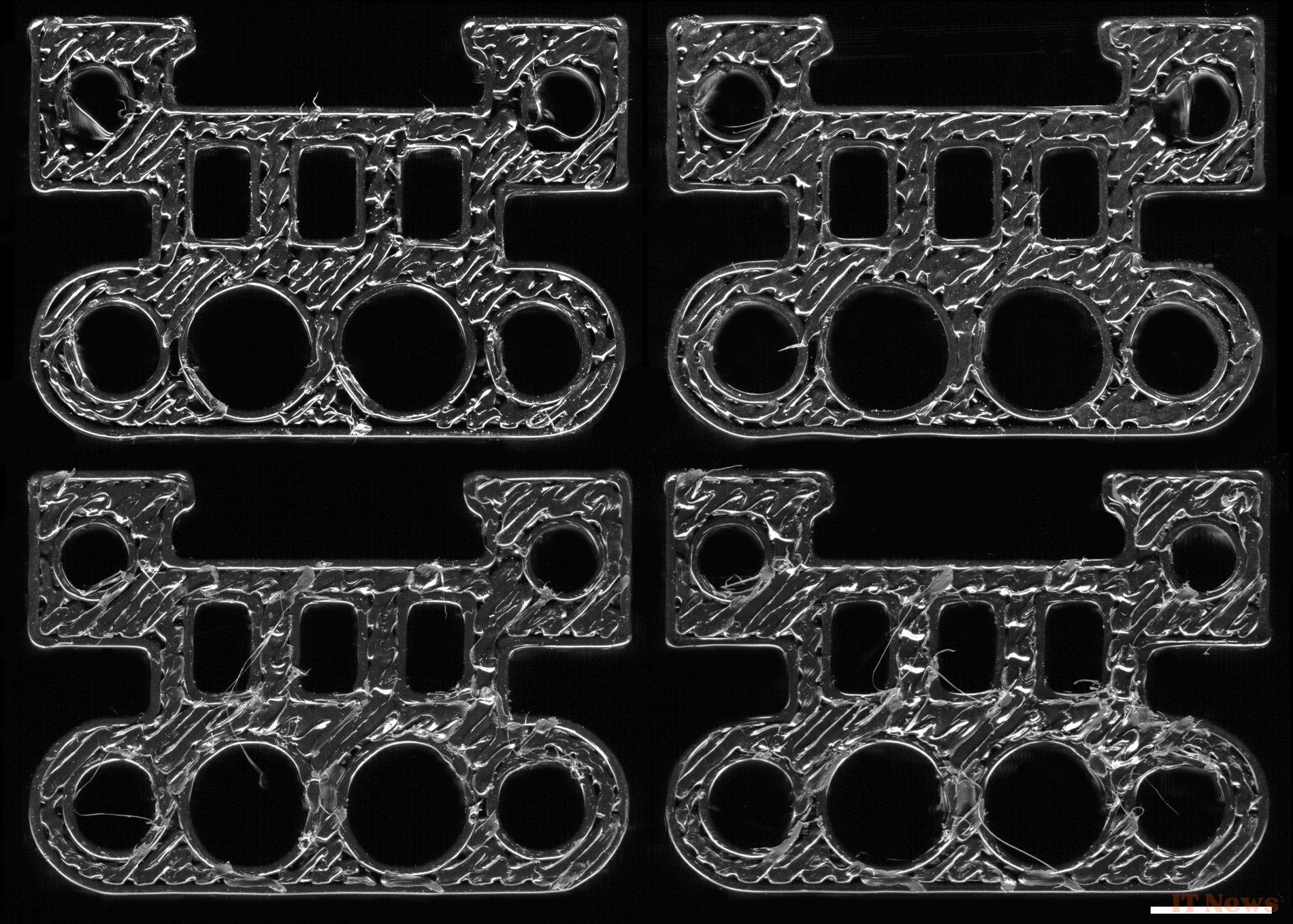A research team led by Bill King, a professor of mechanical engineering at the University of Illinois at Urbana-Champaign, has just made a surprising discovery: every part produced by a 3D printer bears a unique signature of the machine that created it. This observation led to the development of an artificial intelligence system capable of identifying this “fingerprint” from a simple photograph.
Supply chains tremble
The technical feat is remarkable. “We’re still amazed that it works: we can print the same design on two identical machines—same model, same process parameters, same material—and each machine leaves a unique fingerprint that the AI model can trace back to the machine,” explains Bill King. This ability to determine exactly where and how something was made represents a major advancement for the manufacturing industry.
The most immediate use of this technology is in supplier monitoring. Currently, when a manufacturer outsources the production of parts, it must trust its supplier to adhere to the machines, processes, and procedures agreed upon at the outset. Yet, unauthorized changes are common and can cause major problems in the final product.
“Modern supply chains are built on trust,” emphasizes Bill King. “There is due diligence in the form of audits and site visits at the beginning of the relationship. But for most companies, it is not possible to continuously monitor their suppliers.” Changes in the manufacturing process can go unnoticed for a long time, only being discovered after a defective batch is produced. To develop their AI model, the researchers compiled an impressive database of 9,192 photographs of parts, produced on 21 machines from six different companies with four distinct manufacturing processes. The results, published in the journal Advanced Manufacturing, show 98% accuracy in identifying the origin of a part from a single square millimeter of its surface. This technology could radically transform supply chain management. It would allow manufacturers to detect problems in the early stages of production and save the time and resources needed to identify the source of errors. "By using just a few samples from a supplier, it's possible to verify everything they deliver afterwards," King said.
Beyond quality control, this discovery could be used to track the origin of illicit goods or improve traceability in critical industrial sectors such as aeronautics, automotive, or medical devices.
The implications are considerable when you consider that there are thousands of 3D printers in the world and tens of millions of 3D printed parts used in all sorts of industrial applications. Each of these parts now bears a signature detectable by artificial intelligence, transforming what was previously invisible into a powerful traceability tool.




0 Comments